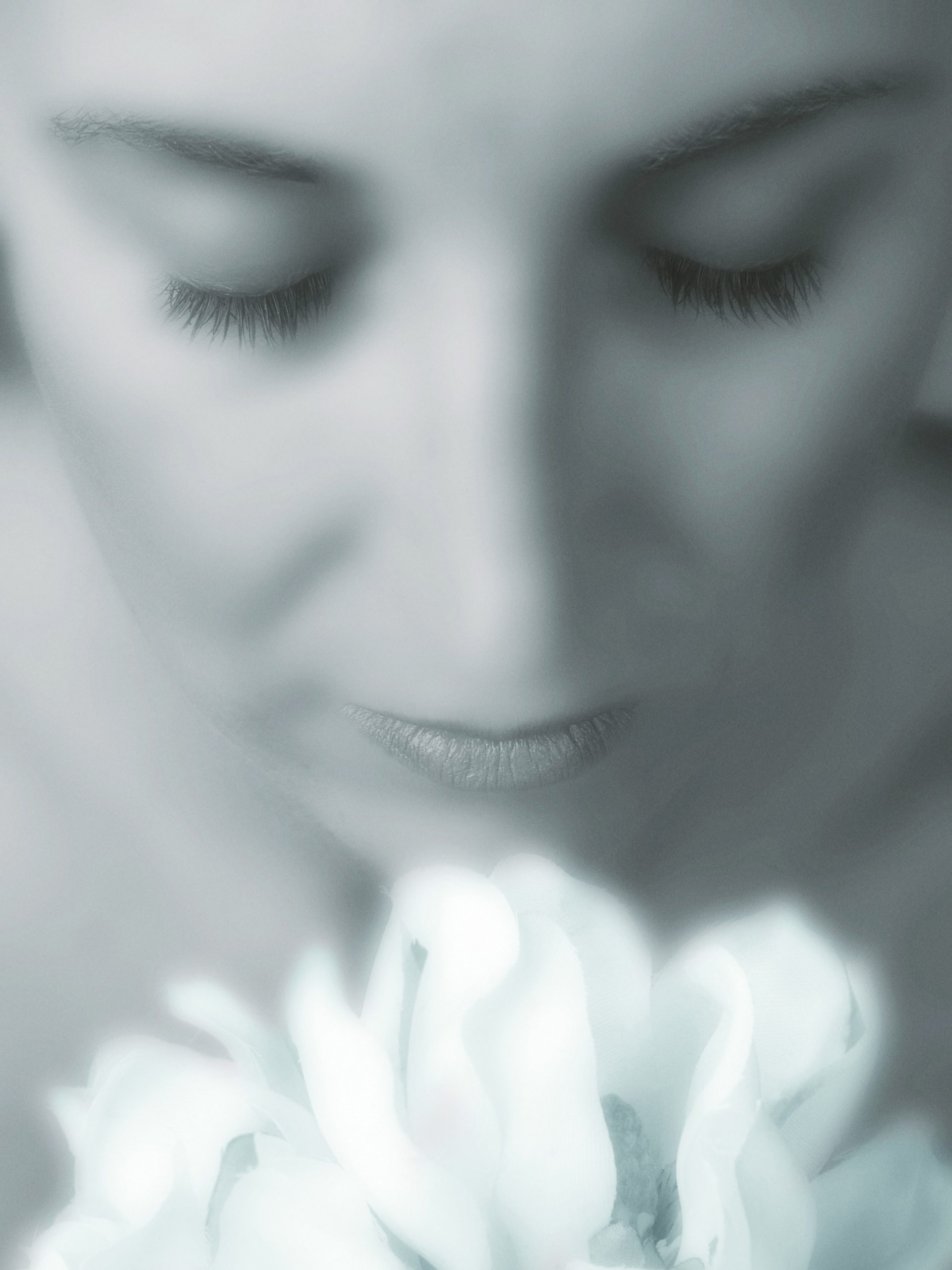Practitioners tell us that it is the practice of training your attention by letting go of distracting thoughts, emotions and physical sensations and focusing on something in the present moment. How did we get from where it started to the role it occupies in the lives of so many today?
Meditation is a therapeutic technique that’s been used and written about as far back as the 3rd century BC and is a mainstay of religious practices around the world. We don’t know who created the practice, but we do know that the oldest documented text of meditation is from the Hindu tradition in India. As meditation was introduced into the West it became removed from religious connections and its impact on mental and physiological health was explored. In 1936 the first piece of scientific research on meditation appeared, and in 1955 the first study using an electroencephalogram (EEG – brain wave study) occurred. Soon many celebrities, including The Beatles, turned to meditation to help adjust to their fame. In the 1970s it was included in a Mindfulness-Based-Stress-Reduction (MBSR) program, in which meditation and a variety of mindfulness-based daily practices were, and still are, used to achieve changes in pain intensity and pain tolerance. Research into the physiologic effects of meditation continues, and the data consistently indicates meditation’s positive effect on heart and breathing rates, oxygen consumption and blood pressure. It has been used to help individuals deal with pain, and, for many, is part of a regular routine to help reduce anxiety and improve stress reactivity. It’s not a quick fix, though. Instructors acknowledge that, for most people, meditation must be practiced regularly over time before its beneficial effects can be observed and sensed. So, how to get started?
First, identify WHY you want to meditate. What do you hope to achieve? Are you looking to decrease anxiety, improve your coping skills, manage discomfort, or help your racing mind find a more tranquil state? Once you identify the goal, you’ll better be able to ascertain what steps work best for you to get there, and how to measure its effectiveness.
Next, find a comfortable position and close your eyes. There is such a thing as standing and walking meditation, but sitting meditation is the most common. Now, breathe.
Breathe naturally but pay attention to your breathing and how your body is moving as you inhale and exhale. Focus on a single point, perhaps that breath, a picture in your mind, or repeat a mantra; a single word or phrase over or over. You’re refocusing your awareness, but IT”S HARD!!! There will probably be a million thoughts that come rushing into your head. It’s ok. Let them in, then let them go. Imagine yourself putting them into a box to think about later. For now, this is what you’re engaging in. There are different ways to meditate. For some people engaging in progressive relaxation, where you start by relaxing your toes and slowly relax the different muscles of your body up to your face and scalp. For others, diaphragmatic breathing is the ticket. Focusing on your belly button as you breathe in, pushing your belly button out as you expand your abdomen; and breathe out, letting your belly button fall inward toward your spine.
At the beginning you may be able to do this for only a few minutes, but, as you practice the technique that works best for you (it’s not going to be beneficial if you’re trying to engage in a practice that you find cumbersome or irritating) you’ll soon notice subtle changes in your mood, ability to focus or relax, or in the degree of discomfort you’re sensing.


